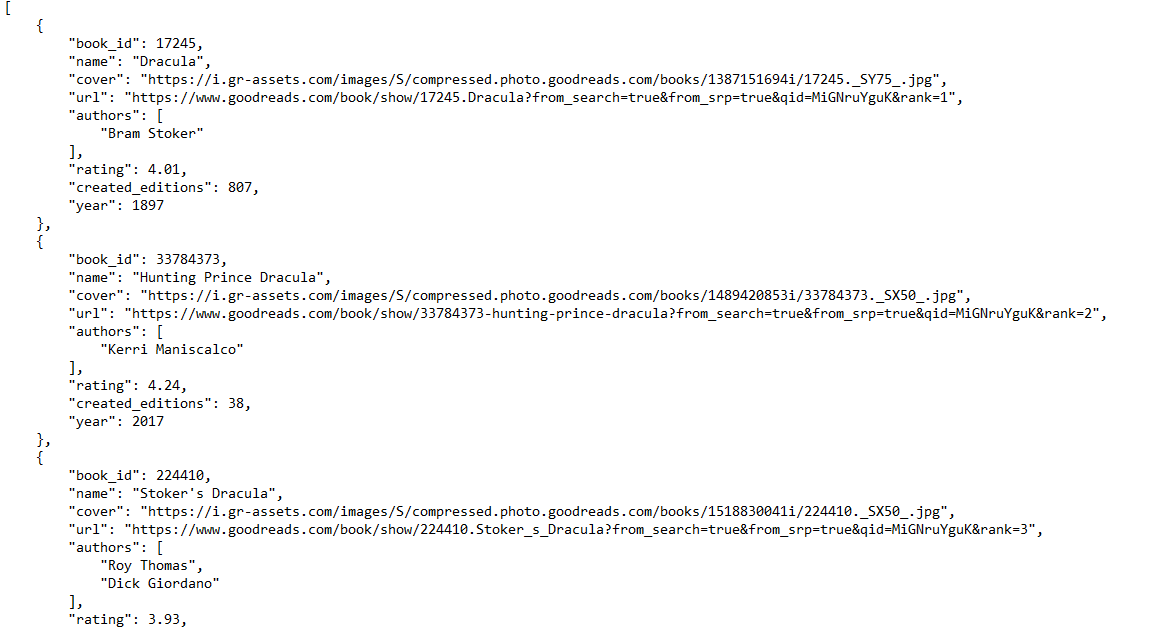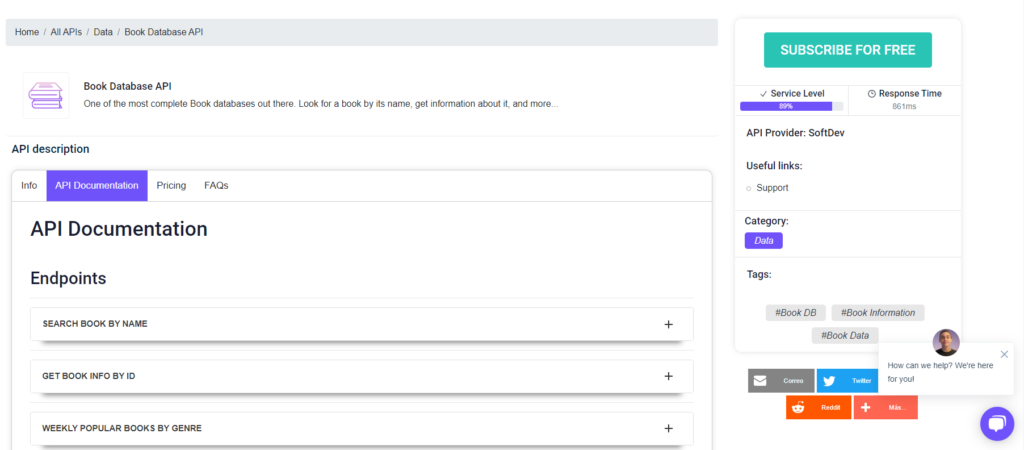Get Ahead With A Book Database API


Why Do We Suggestion Using A Book Info API?
There are several advantages to adopting a book information API. Here are a few examples:
1. It is simple to use. You do not need to be a coder or possess any unique abilities.
2. It is reasonably priced. You may begin with a modest database and expand as your needs develop.
3. It is adaptable. You may tailor your database to your exact requirements.
It is scalable. As your database expands, you may add extra servers.
5. It is safe. You can safeguard your data against unwanted access.
It is dependable. You can rely on your database to work properly 24 hours a day, seven days a week.
So, are you ready to get started with a book information API? We recommend choosing the best accessible option: Book Database API.
Advance Your Book Database API With A Book Info API
The Book Database API is the finest alternative for getting ahead with book information right now! You may use this API to get information on a book based on its ISBN or ISNB number. This information contains the title, author, cover image, and other details.
This is an amazing tool for individuals looking to build their own ebook library or an app that allows people to browse through books.
This API is perfect for users who want to access book information from databases. The title, author, year of release, cover image, and other information will be available to the user.
For example:
 In this case, we search for the "Dracula" book and the API gives us a response with the info on the cover, id, ratings, etc.
This API is great for marketing teams that want to build a book database for their customers, as well as those who want to create an app where users can see all of this information about any book they choose.
Most importantly, it has no limitations other than the number of calls you may make every month!
In this case, we search for the "Dracula" book and the API gives us a response with the info on the cover, id, ratings, etc.
This API is great for marketing teams that want to build a book database for their customers, as well as those who want to create an app where users can see all of this information about any book they choose.
Most importantly, it has no limitations other than the number of calls you may make every month!
 To make use of it, you must first:
1- Go to Book Database API and simply click on the button "Subscribe" to start using the API.
2- After signing up in Zyla API Hub, you’ll be given your personal API key. Using this one-of-a-kind combination of numbers and letters, you’ll be able to use, connect, and manage APIs!
3- Employ the different API endpoints depending on what you are looking for.
4- Once you meet your needed endpoint, make the API call by pressing the button “run” and see the results on your screen.
Related Post: A Book Data API To Save Time And Energy
To make use of it, you must first:
1- Go to Book Database API and simply click on the button "Subscribe" to start using the API.
2- After signing up in Zyla API Hub, you’ll be given your personal API key. Using this one-of-a-kind combination of numbers and letters, you’ll be able to use, connect, and manage APIs!
3- Employ the different API endpoints depending on what you are looking for.
4- Once you meet your needed endpoint, make the API call by pressing the button “run” and see the results on your screen.
Related Post: A Book Data API To Save Time And Energy





